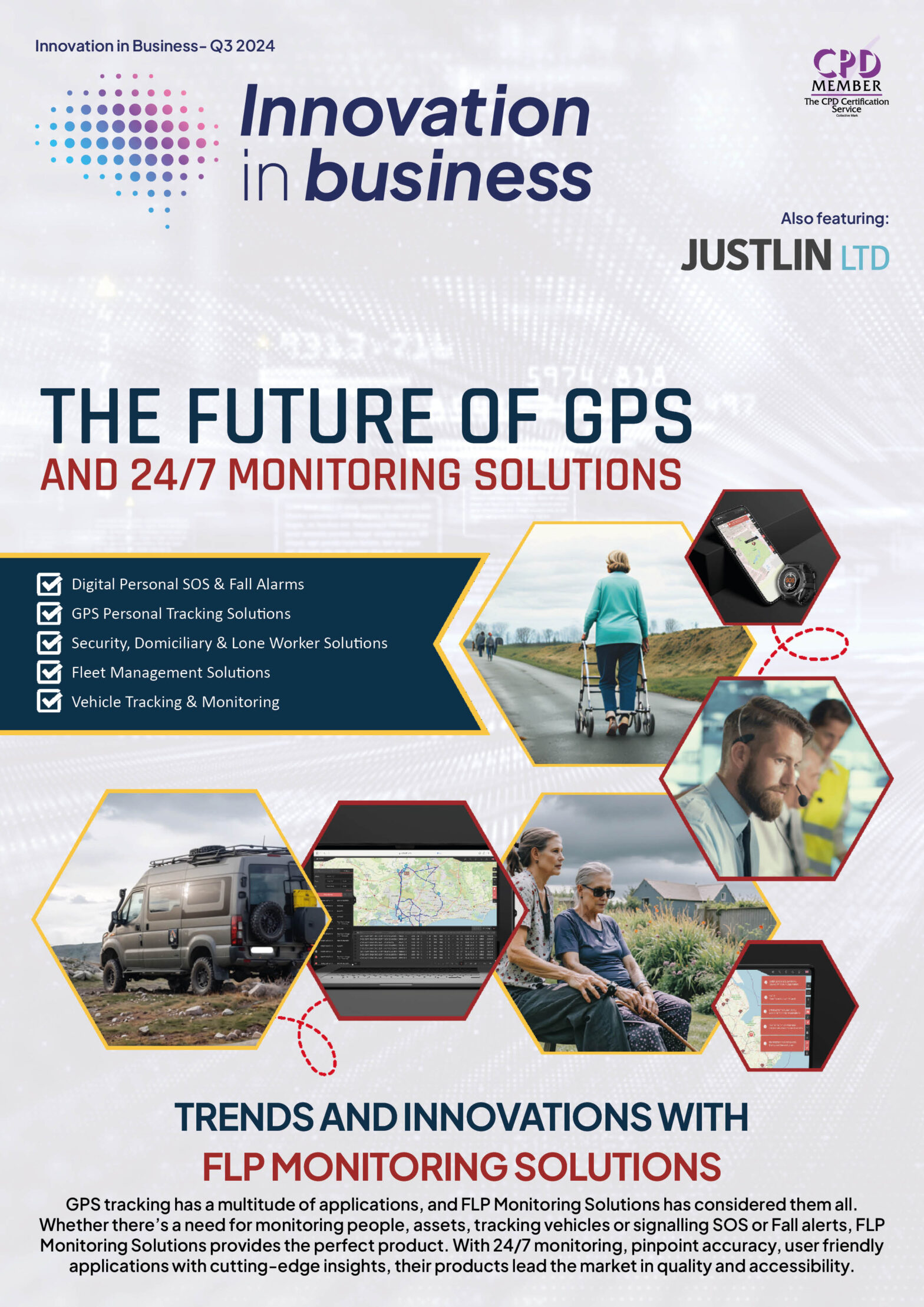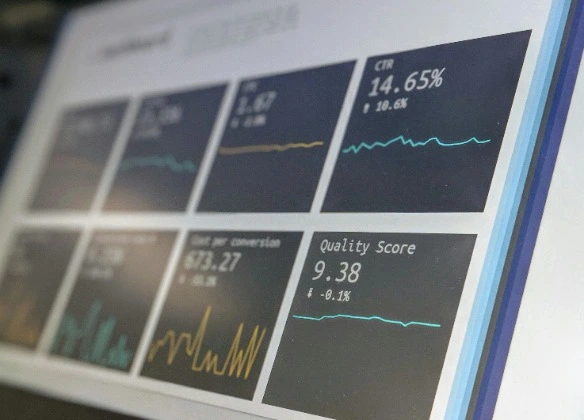

Cyberattacks increase in frequency and severity every year. Supply chain attacks, in which the attacker attempts to access or compromise your organization through low-security connections to your software, can be damaging to your company and expensive to eliminate.
The best cure is prevention. By implementing RASP, you can block attempted attacks when they initially access and attempt to manipulate your software, preventing further ingress. While not all components of your supply chain will be as secure as you might like, given the number of third-party components you’ve likely integrated, RASP can help mitigate your risk of attack and prevent severe damage to your infrastructure.
The Rising Threat of Supply Chain Vulnerabilities
Like most modern cyber threats, supply chain attacks are quickly becoming more sophisticated and complex than they have ever been before. This makes them a significant challenge for traditional security tools to address. Because a supply chain attack targets components of an organization’s critical infrastructure, these threats must be addressed before they cause disruptions.
A successful supply chain attack impacts software integrity and trust. Because the attack involves code injection that facilitates unauthorized access, both company and customer data are exposed. Customer retention decreases following any data security incident, but the drop is especially steep when customer data is involved.
If your customers don’t trust that your company can keep their data safe and private, they will not continue purchasing from you or engaging with your applications. Although this is a known issue, solving the problem grows more difficult as organizations must secure increasingly complex software ecosystems and infrastructure.
A growing number of legitimate users access organizational data remotely. As a result, an organization with remote employees has a very large attack surface with no small number of access points. Often, users access the network and data from multiple endpoints, which can further increase complexity.
RASP as a Dynamic Defense Mechanism
To mitigate these risks and handle a growing attack surface, your company needs tools and solutions that can effectively shut down unauthorized access. Runtime application self-protection (RASP) tools do this effectively at the application level. RASP works by identifying typical and atypical uses of an app, allowing it to detect and block improper executions.
This capability is highly valuable to organizations that need to protect themselves from supply chain attacks. RASP ensures that threats can be shut down, even if they successfully breach your other defenses. When RASP is integrated with an application, it is able to stop malicious activity by blocking executions. If the app does not perform the execution, a supply chain attack cannot continue.
There are several ways that RASP protects your software, including:
●Runtime dependency validation techniques. Your software likely has dependencies with other applications, libraries, or databases that it needs to work correctly. While these external pieces are essential for functionality, they can also be additional potential attack vectors. To prevent compromise, runtime dependency validation checks to ensure that everything is working as it should. Improper use is blocked.
●Context-aware code execution control. All RASPs stop execution if potentially malicious activity occurs, but context awareness is an important modern development. With the help of AI and machine learning, modern RASPs can now allow or block execution more granularly. Context, or the conditions surrounding a security risk, is important information that can help RASP better identify whether an authorized user is behaving merely atypically or the behavior is a threat.
●Integrated software composition analysis. This is especially useful if your application has third-party software dependencies or relationships. Software composition analysis (SCA) evaluates dependencies, searching for flaws and vulnerabilities that could create problems down the line.
●Real-time threat detection and response. One of the most important components of any security tool is its ability to find and alert security teams to potential threats as soon as they are detected. The advantage of RASP solutions is that they can block and address threats as they appear, requiring less input from security teams.
●Automated blocking of malicious activities. Once a bad actor has accessed your app, it’s imperative that you have an effective incident response plan. However, whenever possible, it’s better to prevent as much infiltration as possible. RASP tools should stop executions that appear to be malicious, preventing attackers from gaining access to the rest of your software and infrastructure.
●Continuous monitoring and adaptive protection. To detect threats effectively, RASP solutions need to include automated, continuous monitoring. Combined with the AI and machine learning built into modern RASPs, this monitoring can detect both known attack patterns and zero-day attacks.
Although the supply chain can introduce vulnerabilities into your infrastructure, your organization can use modern RASP tools to protect it. Additionally, if your application is protected, you can help protect the rest of the supply chain and the data within it.
The Future of Supply Chain Management
Applications aren’t going to become more isolated any time soon; if anything, third-party dependencies, helped along by the proliferation of APIs, will only increase going forward. On their own, third-party dependencies are not a bad thing. However, they do introduce risk because of the enlarged attack surface, and any app that has dependencies creates the risk of a supply chain attack.
The consequences of a supply chain attack can be devastating. To prevent a successful attack, organizations must rely on RASP tools, AI, machine learning, and other security tools to identify vulnerabilities and prevent successful attacks. These tools can quickly detect and stop attacks without interfering with legitimate activity, which is essential for keeping normal operations running while protecting your app.
Ultimately, there is no avoiding the increased risk of an attempted supply chain attack, but with the right tools, you can mitigate that risk. RASP offers a dynamic, context-aware protection that can keep your data, customer information, and your network and critical infrastructure safe from attackers.

Technology
25 March 2025
Ransomware-As-A-Service Variants on the Rise With Critical Infrastructure Providers at the Greatest Risk

Business Advice
25 March 2025
Claims Processing Automation: How Insurers Can Cut Costs and Improve CX

Technology
18 March 2025
Secret Signs Your Internet Security Has Been Compromised






















